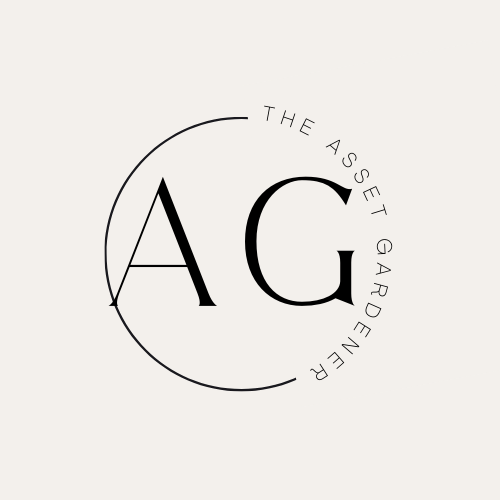
How Tariffs Influence Home Prices Across Canada
Recent findings by BMO senior economist Sal Guatieri reveal a significant correlation between home prices and tariffs in Canada. Since January, Ontario has witnessed a 6% drop in home prices, with Greater Toronto experiencing a 5% decline. This trend suggests that regions integral to the economy, heavily influenced by tariffs, are experiencing heightened volatility in their housing markets.
The Ripple Effects in Tariff-Impacted Regions
Interestingly, cities like Windsor and Oshawa, which are often viewed as auto industry hubs, show little evidence of tariff impacts so far. The situation is somewhat different for Hamilton, where questions arise as prices have dipped by 7%. Should the current hefty duties persist, we might see increased layoffs in key sectors, leading to worsening housing market conditions.
Understanding Economic Influence on Housing Markets
The housing market is often a reflection of broader economic conditions. When tariffs are introduced, they can raise costs for materials and products, causing price inflation that trickles down to consumers. For instance, the One Big Beautiful Bill Act, aiming to bolster domestic manufacturing, highlights a shift towards a potential rebound, as strategies begin to prioritize local production. Investors and business owners in affected areas must pay attention to these economic shifts as they can directly influence home values.
Future Predictions: Where Will Home Prices Head?
Looking to the future, the cyclical upturn hinted at by American strategists could also play a role in reviving housing markets. With upcoming election pressures and a looming U.S. deficit, policy changes are likely to favor growth, potentially leading to a stronger economic environment that may stabilize or even uplift home prices across affected regions.
Practical Insights for Investors and Homeowners
The data indicating a 6% drop in home prices is a stark reminder for investors, realtors, and homeowners alike to remain vigilant. Understanding the nuances of how tariffs and economic conditions influence the housing market can be a key decision-making tool. Investors should consider both immediate impacts—like job losses in sectors like automotive— and long-term trends that might emerge from new policies and growth incentives.
Moving Forward: Strategies for the Affected Regions
In light of these findings, stakeholders should develop resilient strategies. For homeowners, being aware of local market conditions can inform selling or buying decisions. For business owners, understanding these economic indicators can help in making informed decisions on investment strategies. Realtors should also adapt their approaches, focusing on regions most adversely affected by tariffs while keeping an eye on upcoming economic shifts that could enhance market stability.
In conclusion, as we observe fluctuations in home prices linked to tariffs, it’s essential for various market participants to leverage this knowledge for better decision-making. Investors and homeowners alike should stay informed about economic indicators to navigate these uncertain terrains effectively.
 Add Row
Add Row  Add
Add 




Write A Comment